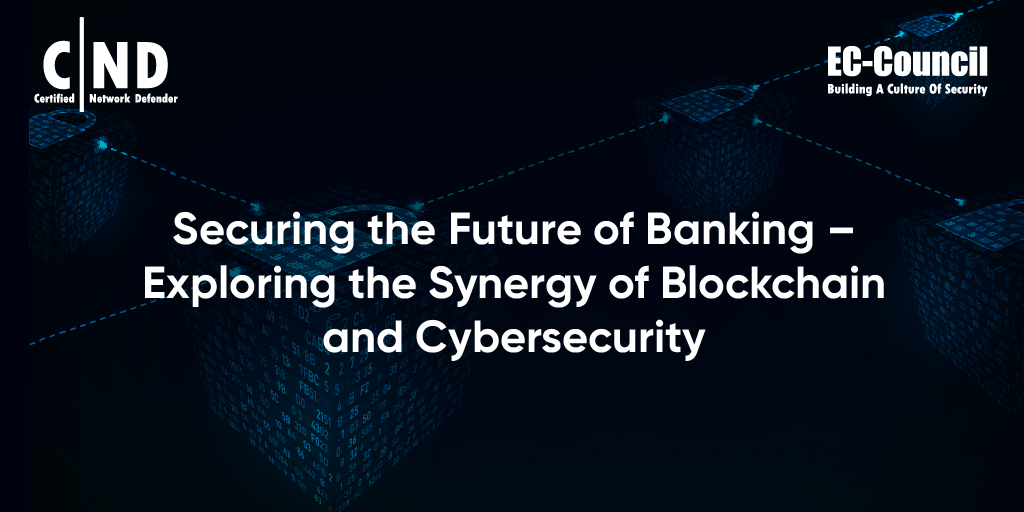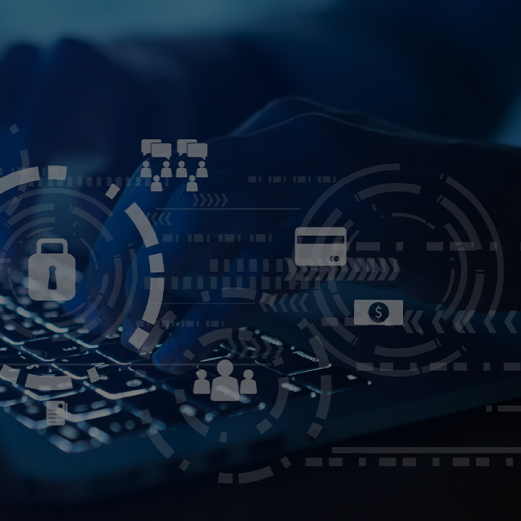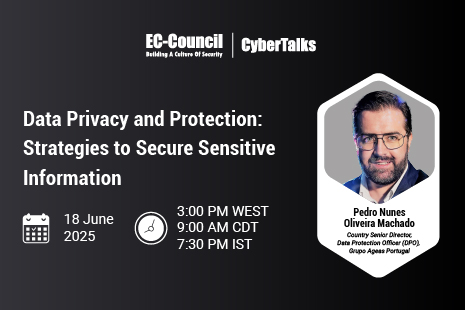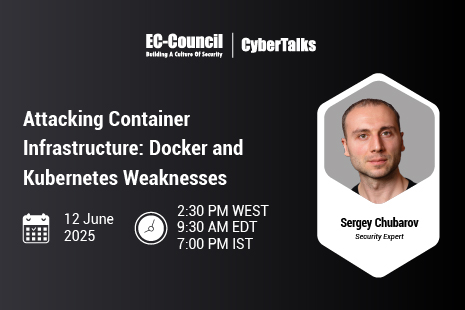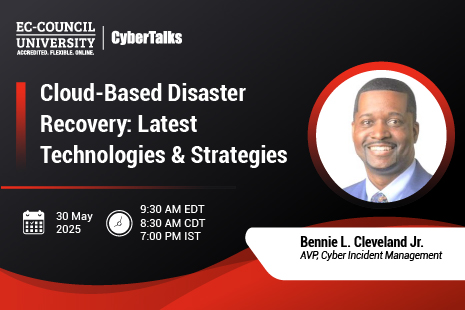Human error is one of the biggest reasons behind data breaches, and by significantly removing this factor, organizations are making their transactions tamper-proof and less susceptible to interceptions. Blockchain is becoming synonymous with every industry vertically and is sweeping the globe as it integrates with essential business operations.
Blockchain technology is fully decentralized and uses a ledger-based system to record data and process transactions using multiple computers over networks. The best part about blockchain is that you can put any digital asset onto the chain and initiate a transaction. Unlike traditional banking systems, the data will always stay secure, and no intermediaries will be involved.
In this blog, we will explore how the banking and financial services industries are exploring various applications of blockchain. We will discuss its benefits, cybersecurity implications, and what lies ahead.
Use Cases of Blockchain in Financial Services
Blockchain is expected to revolutionize the banking business, and it’s no surprise that it is changing how customers conduct transactions. It replaces and streamlines the traditional banking processes with innovative approaches that are more secure, efficient, cost-effective, and transparent. The following are some of the ways that blockchain is revolutionizing digital banking.
1. Blockchain expedites international transfers.
Capital markets comprise issues and investors matched according to corresponding risk and return profiles. Firms suffer from a lack of stringent monitoring and regulatory practices and have liquidity risks, interest rate volatility, and other financial issues. Blockchain shows potential in transforming capital markets by eliminating operational hazards responsible for fraud and human error and reducing overall counterparty risks. The digitization and tokenization of financial products and assets make it much easier to trade, promote global inclusivity, increase connectivity, and practice fractionalized ownership, all of which reduce capital costs and increase liquidity (Consensys, 2023).
2. Blockchain creates an audit trail.
Blockchain can improve the security of banking transactions by eliminating financial fraud and data redundancies and by maintaining a clear audit trail. Thousands of ledgers protect blockchain networks; data cannot be changed unless all network users approve it. This makes it exceedingly difficult for hackers to penetrate and compromise sensitive information, thus saving victims from losses of hundreds or thousands of dollars.
Organizations may add an extra layer of protection by using VPN services to enhance security alongside blockchain services (Originstamp, 2023).
3. Blockchain reduces costs for customers and banks.
Blockchain can automate banking processes, translating to faster processing of payments, loans, and seamless transactional workflows. Poor record-keeping and reconciliation costs are very high and can potentially lead to cases of fraud. Many facets of digital transactions may be automated using blockchain, which increases productivity and reduces vulnerability to cyber threats. Financial institutions can address most of the challenges associated with speed and costs by implementing blockchain ledgers. The technology significantly reduces overheads and additional expenses by eliminating traditional paperwork involved with banking. There is no need for third parties or intermediaries.
4. Blockchain ensures compliance.
Blockchain improves network governance by standardizing processes and automating compliance. It is necessary for financial institutions to ensure that they stay compliant in the landscape of complex regulatory changes, especially when operating beyond borders. Regulatory compliance is crucial in trading and eCommerce spaces as well. Blockchain simplifies financial operations in real-time and streamlines reporting and transaction verification. Its immutable ledgers and asset digitization eliminate the risk of fraud and enable faster settlements.
5. Blockchain secures private messaging and cyber-physical infrastructures.
Hackers increasingly turn to social media to attack users and target platforms like Facebook and Twitter. Millions of accounts get breached every year due to information falling into the wrong hands, and messaging systems get intercepted. Blockchain can be used to standardize communications across various messaging channels and enhance security for enterprises. It can encrypt communications between parties and ensure that data doesn’t get intercepted.
When properly implemented, it can prevent unauthorized parties from tampering with financial transactions, eliminate identity impersonation, and safeguard digital interactions. Blockchain can be used for cyber-physical infrastructure to ensure authentication, security, and traceability. It can also simplify payment flow and prevent fraud and counterfeiting. This can help combat internal threats and prevent unauthorized access to data by ensuring overall trustworthiness and integrity.
We have seen many cases where hackers infiltrated networks and gained complete control over critical functions. Such incidents can be avoided by verifying data on blockchains for adding new entries or editing them.
Can Blockchain Help Reduce Cyber Risk?
Organizations can address potential security gaps by shifting their focus from enterprise to network-level cybersecurity. Several industry regulators can enjoy the open dialogue, and policymakers acknowledge the unique advantages of blockchain technologies, including their cybersecurity benefits. Cyber threats plague the financial industry, and as new threats emerge, it is imperative to safeguard personal information. Retail banking sectors are investing significantly in blockchain frameworks, and most new initiatives haven’t been rolled out at scale. The regulatory requirements are demanding, and the future regulation of blockchain technology will stay uncertain.
The UK’s Financial Conduct Authority (FCA) is formulating policies for using blockchain, while the United States is convinced it has inherent risks. Blockchain-based ETFs have been blocked by the Securities and Exchange Commission (SEC) in the U.S., though traditional banks lose up to USD 20 billion due to identity fraud, and blockchain ledgers help combat fraud by protecting data and preventing money laundering through automation and standardization.
Blockchain enables customers to use a unique identifier via a digital fingerprint and helps prevent the overlap of KYC and AML checks. Individual management of private keys can help customers safe keep their data and control with whom they share it (Higginson et al., 2019).
Furthermore, blockchain decentralizes financial exchanges and promotes greater interconnectedness among global financial ecosystems. While banks explore the use of permissioned blockchains, the technology’s distributed architecture increases overall cyber resiliency. This prevents sensitive information from being compromised via a point of failure or single access point.
A key feature of blockchain is its various consensus mechanisms, which improve the integrity of shared ledgers. Blockchain enhances the robustness of financial systems and makes consensus a prerequisite for network participants. All blocks in chains must be validated before new information is added or edited. It’s challenging to corrupt blockchains since participants are given enhanced transparency, and blockchains hosted on the cloud come with additional cybersecurity protections. The takeaway is that blockchain technology can improve an organization’s overall cybersecurity posture by enhancing cyber resiliency against emerging threats.
What Does the Future Hold?
The Society for Worldwide Interbank Financial Telecommunications (SWIFT) is working with banks worldwide on global payment initiatives and trying to improve the cross-border payments experience. SWIFT implements blockchain technologies by working with active providers and enabling banks to allow customers to pay with fiat currencies and cryptocurrency. Blockchain technology is being leveraged to significantly reduce the number of participants needed to resolve banking-related queries and to ensure compliance, which means we are already seeing some significant improvements.
The growth of blockchain-based payment solutions will continue to progress, and enterprises will witness the adoption of the technology at scale. Several companies are experimenting with “tokenization” to encrypt digital assets for secure transactions, though this is still in its early stages of development. Banks are using blockchain for digital fingerprinting and universal customer identification due to its decentralized nature. They will continue to disseminate information while it is updated and reduce the information burden during the authentication and verification processes. Blockchain will be used to verify firmware updates and patches and prevent unauthorized access or attempts to install malware.
Smart contracts show users the potential to automate payments by using predetermined conditions and automatically reducing fraud by reducing human interference. The technology manages complex reconciliation activities like invoice creation, financial decision-making, loan approvals, and application processing. A significant benefit of using blockchain is increased access to banking services and the opening of new economic streams to the global unbanked population (Baig, 2023).
The future of blockchain in cybersecurity for the banking industry is uncertain, but one thing is clear – it will continue to improve asset security and payment outcomes for organizations.
Conclusion
Blockchain shows promise in modern banking; however, the technology is new, and there are still challenges to overcome. Banks are facing pressing issues with its implementation, and although there is worldwide enthusiasm, governments have yet to recognize and approve of its use cases. However, this isn’t stopping its adoption, and blockchain can improve the state of capital markets, cross-border transactions, and trade finance in the future.
References
Baig, A. (2023, May 4). The impact of blockchain technology on the future of finance. AT&T Business. https://cybersecurity.att.com/blogs/security-essentials/the-impact-of-blockchain-technology-on-the-future-of-finance-1
Consensys. (2023). Blockchain in Financial Services. https://consensys.net/blockchain-use-cases/finance/
Higginson, M. Hilal, A., & Yugac, E. (2019, June 7). Blockchain and retail banking: Making the connection. McKinsey. https://www.mckinsey.com/industries/financial-services/our-insights/blockchain-and-retail-banking-making-the-connection
OriginStamp. (2023). Can a Blockchain be an Audit Trail? https://originstamp.com/blog/can-a-blockchain-be-an-audit-trail/
Tags
About the Author



